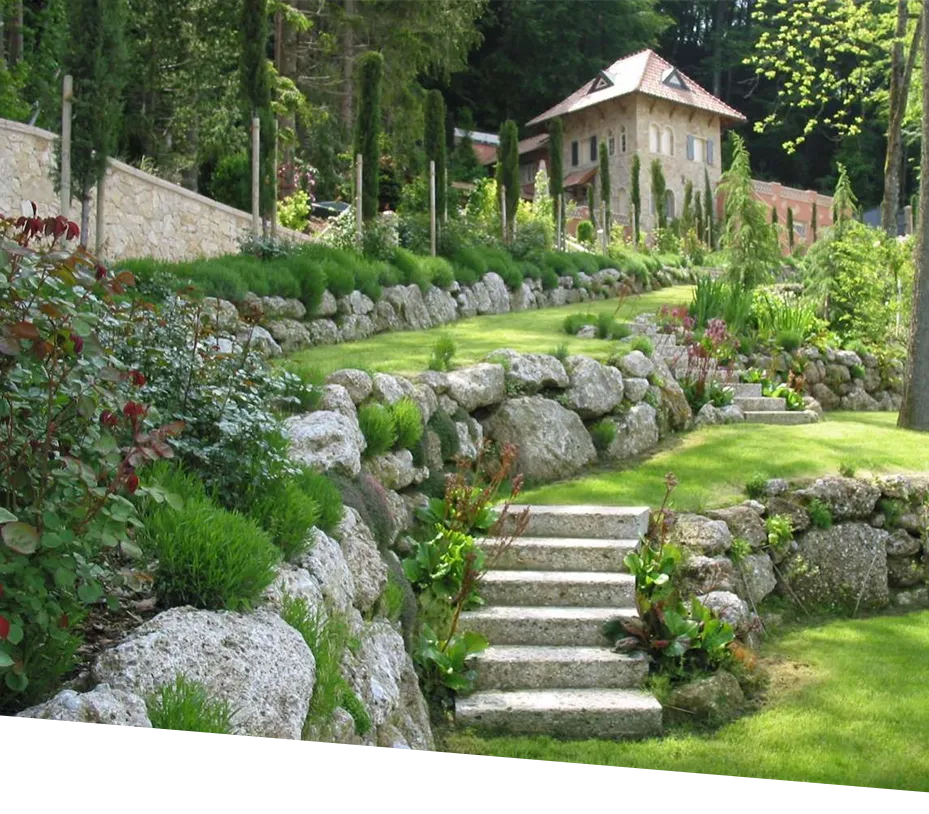-
 Phone:
Phone: -
 Email:
Email:

Effective Techniques for Installing Rockfall Netting in Geological Hazard Areas to Enhance Safety
Rockfall Netting Installation A Comprehensive Guide
Rockfall hazards pose significant risks to infrastructure, landscapes, and human safety, especially in mountainous and rocky terrains. To mitigate these risks, rockfall netting has emerged as a vital engineering solution. This article explores the implications, benefits, and installation procedures for rockfall netting.
Understanding Rockfall Netting
Rockfall netting is a protective barrier composed of high-tensile strength steel meshes designed to capture and stabilize loose rocks or boulders. Its primary purpose is to prevent falling debris from reaching populated areas, roadways, and sensitive infrastructures, thus enhancing safety and reducing maintenance costs associated with rockfall-related incidents.
Benefits of Rockfall Netting
1. Safety Enhancement By controlling rockfall events, netting systems significantly reduce the risk of injury or fatalities for people in proximity to unstable slopes.
2. Cost-Effectiveness While the initial installation may require a moderate investment, the long-term savings from reduced maintenance and repair costs make netting systems economically favorable.
3. Minimal Environmental Impact Rockfall netting can be integrated with the natural landscape, preserving aesthetics and promoting ecological balance. It often has a lower environmental impact compared to extensive excavation or blasting.
4. Flexibility These systems can be tailored to various geological and topographical conditions, making them suitable for diverse environments—from steep cliffs to mountainous highways.
Installation Procedure
rockfall netting installation

The successful installation of rockfall netting requires careful planning, skilled labor, and adherence to safety regulations. The following steps outline the typical installation process
1. Site Assessment Prior to installation, a thorough geological survey is conducted to identify potential hazards, assessing the type of rock, slope stability, and the specifics of the terrain. This information helps determine the appropriate type of netting required.
2. Design Specification Based on the site assessment, engineers design a rockfall netting system that accounts for the size, weight, and potential trajectory of falling rocks. This includes choosing the appropriate mesh size, material strength, and anchoring systems.
3. Preparation of the Site The installation area is cleared of debris and any loose materials. This step is crucial to minimize the risk of additional rockfalls during the installation process.
4. Anchoring Installation Heavy-duty anchors are installed into the rock face to secure the netting. The selection of anchors depends on the geological conditions and user requirements. Correct anchoring ensures that the netting can withstand the forces exerted by falling rocks.
5. Mesh Installation Once the anchors are securely in place, the steel mesh is unfolded and attached to the anchoring system. It’s essential to ensure that the netting is taut to provide effective containment during a rockfall event.
6. Post-Installation Inspection After the installation is complete, a thorough examination is conducted to ensure that the netting is properly installed and performs as expected. Regular maintenance checks are also recommended for long-term efficacy.
Conclusion
Rockfall netting serves as an indispensable tool in managing geological hazards associated with unstable rock formations. By implementing an effective rockfall netting system, communities can ensure the safety of their residents, protect investments in infrastructure, and minimize environmental disturbance. With careful planning and installation, these systems can provide a long-lasting solution to one of nature's formidable challenges.
-
Wire Mesh for Every Need: A Practical SolutionNewsJul.25,2025
-
Steel Fences: Durable, Secure, and Stylish OptionsNewsJul.25,2025
-
Roll Top Fencing: A Smart Solution for Safety and SecurityNewsJul.25,2025
-
Cattle Farm Fencing Solutions for Maximum SecurityNewsJul.25,2025
-
Affordable Iron Binding Wire SolutionsNewsJul.25,2025
-
Affordable Galvanized Wire SolutionsNewsJul.25,2025
-
Wire Hanger Recycling IdeasNewsJul.25,2025








